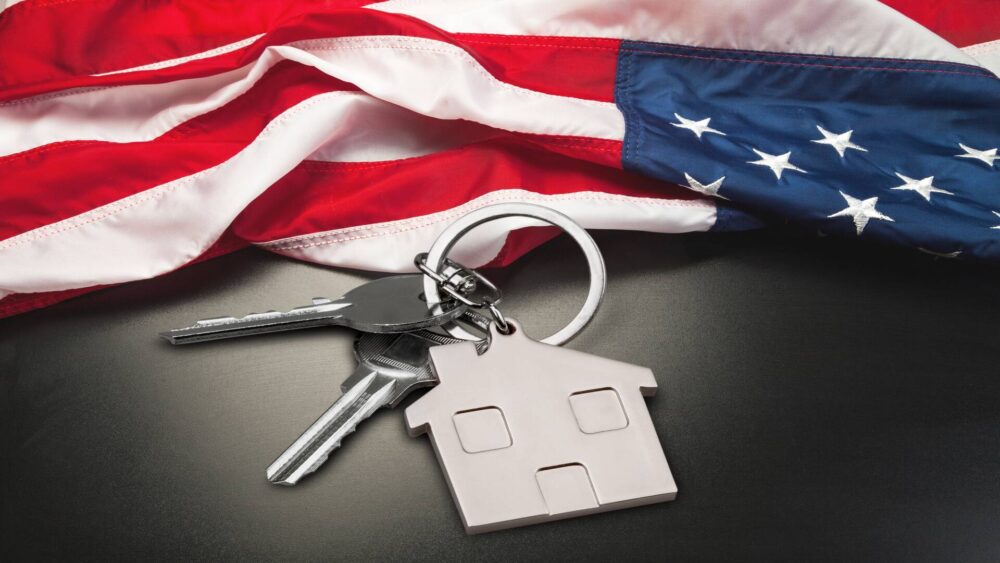Owning a home is a dream for most Americans. If you’re a veteran, you’ll be glad to know that there are a few ways how you can own property. You can save on costs when you need funding to buy your dream home. You don’t have to settle for one lender just yet. Before making a decision, this article can help you cut costs and achieve the home you want.
- Apply For A VA Loan
VA (Veterans Affairs) loans are supported by the government and are dedicated to assisting veterans when buying property. It has benefits for eligible veterans and is available through conventional lenders. Veterans need to shop around to get the best rates. Not all lenders will offer low fees. Some will raise the charges to compensate for their low mortgage rate.
Veterans who choose financing through VA loans can purchase a house without a down payment. While veterans get that choice, no down payment means more monthly repayment amounts. It is up to the borrower to weigh the pros and cons. If they choose this option, they must gather VA loan requirements.
VA loan borrowers will also need to pay a funding fee of up to 3.6% of the purchase price. The first time you take out a VA loan, the funding fee is set to be higher than the following VA-backed mortgages you will apply for in the future. If you want a lower funding fee, save up for a down payment.
- Improve Your Credit Score
Typically, regular borrowers will need a high credit score for lenders to approve their mortgage loan application. The highest scores are between 800 to 850, 670 to 739 are good, and the 580 to 669 ranges are fair. Acceptable scores will depend on the lender. There is no set minimum credit score for those who want to avail of a VA loan.
Lenders want to see at least a score of 620. Some lenders will allow lower scores, but they can be stricter with the requirements. Still, if you want to be sure that you can get the best deal for the house of your choice, you can raise your score to show that you’re capable of making regular payments.
- Consider Getting A Shorter Loan
You can also lower your interest charges by getting a loan with a shorter duration. This way, you will be able to pay off your loan quickly. That means that your monthly mortgage will be significantly higher. Do a calculation and see if you can afford it. If you can, then it makes sense to pick this option.
If your mortgage is worth USD$200,000 and there’s a 1% difference between a 15-year and a 30-year mortgage, you can save USD$80,000. If you are debating whether to take the shorter term, think about your overall investment. Remember that you’re working towards complete ownership of the house.
A shorter mortgage loan term can also be a better choice when you want to build home equity faster. Home equity is the value of the home when based on the current real estate market versus how much of the mortgage you still owe. Building your home equity can benefit you later since you can take it out for various purposes, such as financing renovations, covering emergency costs, college tuition, and more.
- Shop Around For Homeowner’s Insurance
Getting a mortgage means you also need to get homeowner’s insurance. Most lenders will ask you to carry a minimum amount of home insurance and additional coverage for floods and earthquakes. If you’re still shopping around for it, do so because providers will give you different premium amounts.
You can search for another insurance company if you can improve your credit since purchasing the house. A better credit score can give you better rates. Another way to save on home insurance premiums is to raise your deductible. Deductibles cover your losses before the insurance company starts paying out your claim. Higher deductibles show you’re willing to work with your insurance company by shouldering some expenses.
Companies will require at least USD$500. But you’ll also save 25% if you can bump it up to USD$1,000. Also, remember that your mortgage lender will require you to get a separate deductible for specific items if your location is disaster-prone. Various locations around the country have frequent hailstorms and windstorms. You will need to have coverage for such natural disasters, as well.

In Conclusion
Costs can rack up when you’re financing a home. It’s not only about the type of mortgage you get but also the other expenses resulting in the lender’s requirements. But know that you don’t have to shoulder high rates when there are other options you can take. It might require time and resourcefulness, but it’s always worth it. You’re trying to save for the coming years ahead, and it’s best to be prepared ahead of time.
Image and article originally from www.savingadvice.com. Read the original article here.

